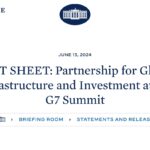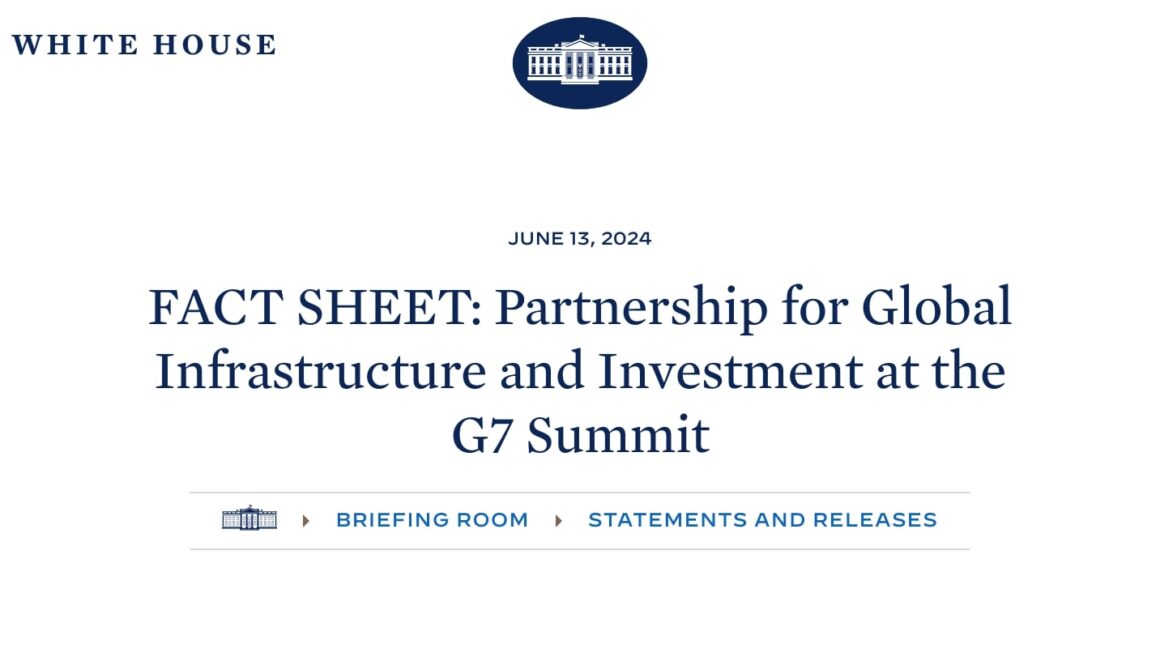In a significant shift that carries broad implications for the global financial landscape, the Association of Southeast Asian Nations (ASEAN) has taken steps to reduce its dependence on the United States dollar. This move reflects ASEAN’s ambition to strengthen regional economic stability and promote greater financial independence.
Background: ASEAN and the Dollar Dominance
For decades, the U.S. dollar has reigned as the world’s primary reserve currency. This status has granted the United States considerable influence over the global financial system and allowed it to wield the dollar as a tool for economic leverage and diplomacy. However, this dollar-centric order has sometimes exposed countries to the risks associated with fluctuations in the dollar’s value.
ASEAN, a collective of ten Southeast Asian nations, has long been economically intertwined with the United States and has conducted significant trade and investment in dollars. This reliance on the dollar has left ASEAN nations vulnerable to external economic shocks and fluctuations in currency exchange rates.
A Shift Toward Regional Stability
Recognizing the need to reduce this vulnerability, ASEAN has embarked on a journey to lessen its dependence on the dollar. This shift has several driving factors:
1. Economic Stability: ASEAN countries have experienced currency volatility due to external factors like changes in U.S. interest rates and trade policies. By diversifying their reserves and trade mechanisms, ASEAN aims to create a more stable economic environment within the region.
2. Trade Expansion: As ASEAN continues to foster economic integration through initiatives like the ASEAN Economic Community (AEC), the use of local currencies for trade can simplify transactions and reduce costs, thereby encouraging greater intra-regional trade.
3. Strengthening Regional Identity: Reducing reliance on the dollar also aligns with ASEAN’s broader ambition of enhancing its geopolitical standing and asserting greater independence in the international arena. It reinforces the idea of ASEAN as a collective, acting in its members’ shared interests.
Concrete Steps Taken by ASEAN
- Currency Swap Arrangements: Several ASEAN countries, such as Indonesia, Malaysia, and Thailand, have entered into currency swap agreements with regional partners. These agreements allow nations to trade in their local currencies, bypassing the need for dollars in bilateral trade.
- Development of Regional Payment Systems: ASEAN has been actively working to establish regional payment systems that facilitate cross-border transactions using local currencies. Initiatives like the ASEAN Payment Connectivity and the ASEAN+3 Cross-Border Interbank Payments System (CIPS) aim to streamline financial transactions within the region.
- Currency Internationalization: Some ASEAN nations have been pushing for the internationalization of their own currencies. The Chinese yuan’s inclusion in the International Monetary Fund’s Special Drawing Rights (SDR) basket is a notable example of this trend, and ASEAN countries have shown interest in following suit.
Challenges and Opportunities
While ASEAN’s efforts to reduce dollar dependence hold the promise of greater economic stability and regional cohesion, they are not without challenges. The U.S. dollar remains deeply entrenched in the global financial system, and any shift away from it will require careful planning and coordination among ASEAN members.
Additionally, some ASEAN nations may face resistance or hesitancy in fully embracing these changes, as they have strong economic ties with the United States.
However, the benefits of this strategic shift are substantial. Greater financial independence and a more stable regional economic environment can bolster ASEAN’s resilience in the face of global economic turbulence. Moreover, reducing the dominance of the dollar can serve as a powerful symbol of ASEAN’s commitment to forging its own path in the international arena.
As ASEAN continues on its journey to lessen its dependence on the dollar, the world will be watching closely. The association’s actions could signal a broader shift in the global financial landscape, with potential ramifications for the U.S. dollar’s position as the world’s primary reserve currency.














